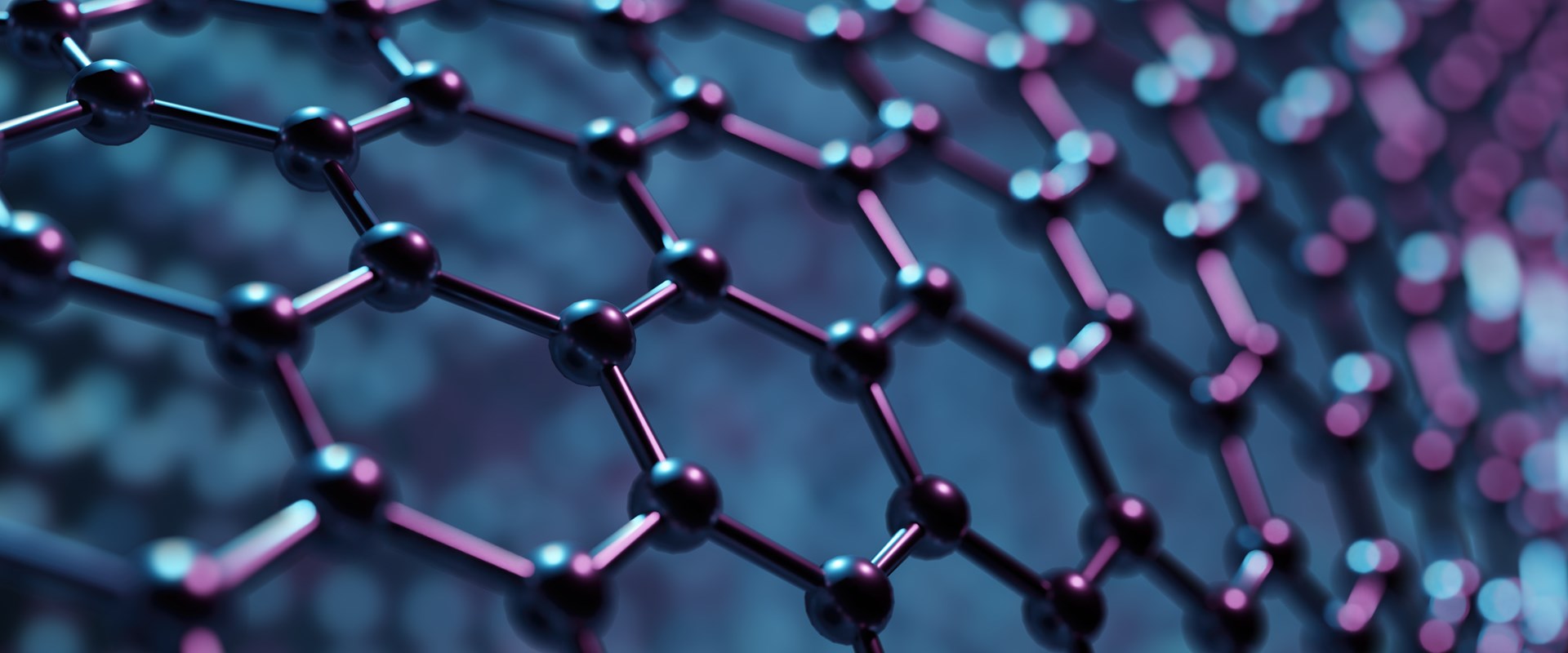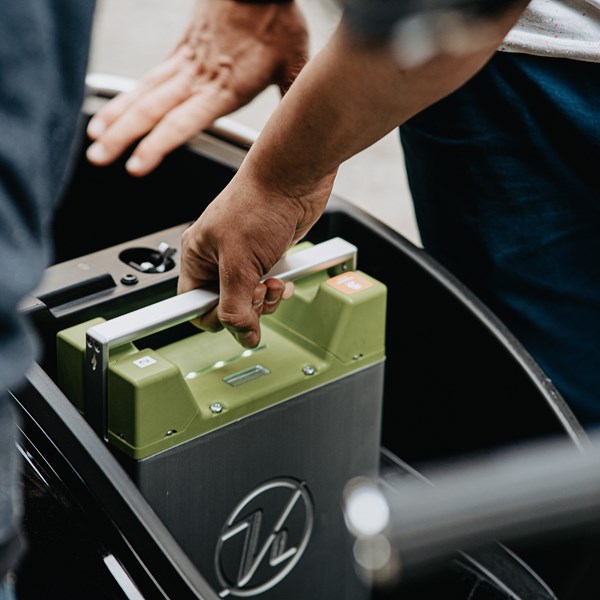Plastic, once referred to as the material of the 20th century, has gained a less than desirable reputation in recent times, largely due to the environmental concerns associated with plastic materials. Since the turn of the 21st century, graphene has undoubtedly taken the crown as the new wonder material.
In recent years, we have begun to see an increased interest in innovations that incorporate both of these materials, with graphene often being used to improve the properties and the circular economy of plastics. We take a look at some of the newer technologies in this area.
HOW CAN GRAPHENE HELP TO IMPROVE THE CIRCULAR ECONOMY OF PLASTICS?
A group at Rice University in Texas have found a new way to close the loop on the circular economy of plastics, through their development of a new chemical process for turning plastic waste into so-called “flash graphene” (graphene made in 10 milliseconds by heating carbon-containing materials to 3000 K). Here the group are turning both food and plastic waste into graphene, with the graphene produced being put into graphene-enhanced plastics and concrete.
As the process can turn just about any carbon source into graphene flakes, the group sees one use of the process being for inexpensively turning sources, such as coal, into higher value building materials.
HOW CAN GRAPHENE HELP TO IMPROVE THE PROPERTIES OF EXISTING MATERIALS?
Researchers at Chalmers University of Technology, Sweden have integrated graphite nanoplatelets into plastic material surfaces. According to their research, using graphite nanoplatelets in combination with polyethylene in this way can create antibacterial surfaces that can kill 99.99% of bacteria. One aim of the research is to combat infections on plastic implants that are put in the body, reducing the need for antibiotics.
After the devastating impact of Covid-19 across the world, the use of graphene and plastics in the biomedical field will be a crucial research area for the future.
CAN GRAPHENE IMPROVE MATERIAL PROPERTIES AND HELP TO REDUCE THE ENVIRONMENTAL IMPACT OF PLASTICS?
Closer to home, graphene is being used to enhance the properties of asphalt, for use on roads in Kent. The asphalt product enhanced with Gipave (a polymeric supermodifier containing graphene and a selected type of hard plastic) not only improves the durability of the road when compared to non-graphene-containing asphalt but also provides an outlet for the recycling of waste plastic.
Overall, the product improves the lifespan of roads while having environmental and carbon reduction benefits.
CONCLUSION
As more industries begin to exploit the use of graphene with plastic materials, the need to protect the ideas of innovators will be crucial. In such a fast moving and interdisciplinary research area, forward thinking into the potential end uses of any new materials will also be required. A strong IP portfolio could therefore help to determine the market leaders in this new and exciting area of graphene innovations.
To find out more about how IP can help you create commercial value from your plastics and graphene innovations, please contact Alice Mortiboy at alice.mortiboy@potterclarkson.com.







